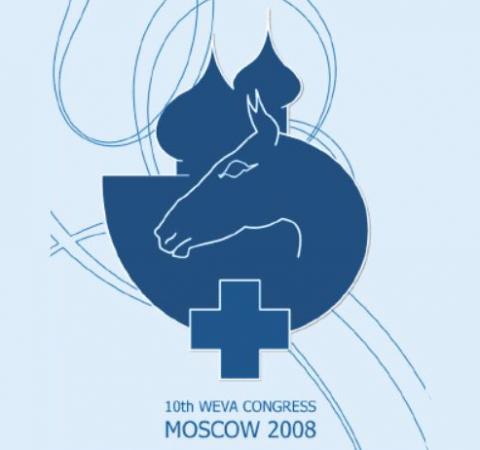Get access to all handy features included in the IVIS website
- Get unlimited access to books, proceedings and journals.
- Get access to a global catalogue of meetings, on-site and online courses, webinars and educational videos.
- Bookmark your favorite articles in My Library for future reading.
- Save future meetings and courses in My Calendar and My e-Learning.
- Ask authors questions and read what others have to say.
Diseases of the Large Intestine and Indications for Surgery
Get access to all handy features included in the IVIS website
- Get unlimited access to books, proceedings and journals.
- Get access to a global catalogue of meetings, on-site and online courses, webinars and educational videos.
- Bookmark your favorite articles in My Library for future reading.
- Save future meetings and courses in My Calendar and My e-Learning.
- Ask authors questions and read what others have to say.
Read
The horse is a hindgut fermenter with a highly specialised caecum and colon. The normal function of this organ is to ferment fibrous ingesta by microbial action producing volatile fatty acids, an essential source of energy, and large volumes of gas. The large colon is relatively mobile which allows displacement and entrapment within the abdominal cavity. This presentation will use computer graphics to illustrate some of the more commonly encountered displacements of the large intestine and discuss their surgical management.
As our understanding of large intestinal disease has increased so management of large intestinal displacements has become more conservative. Many displacements cause only a partial obstruction of the large intestine and, with patience and appropriate medication, these can resolve without the need for surgery. However, some obstructions of the large intestine do require immediate surgery if the horse is to have a reasonable prognosis for long-term survival. Indications for immediate surgery include:
- Gross distension of the abdomen. This indicates that a complete obstruction has occurred and this is unlikely to resolve spontaneously. Delayed surgery will allow gas distension to increase, thereby increasing the risks associated with general anaesthesia.
- Severe pain, unresponsive to analgesia. This is often the earliest indicator of ischaemic damage to intestine. Referring a horse for surgery at this stage maximises the probability of a successful outcome.
- Signs of cardiovascular compromise. Elevations in heart rate, packed cell volume and congestion of mucous membranes are indicators of ischaemic change to intestine. The earlier surgery is performed, the better the horse’s long-term prognosis.
- Intestinal wall oedema palpable on rectal examination. This is another indicator of ischaemic change, indicating the need for immediate surgery.
Early surgery of horses with complete or strangulating obstructions of the large intestine carries a good long-term prognosis. If in doubt, the horse’s best interests are served by early referral.
Get access to all handy features included in the IVIS website
- Get unlimited access to books, proceedings and journals.
- Get access to a global catalogue of meetings, on-site and online courses, webinars and educational videos.
- Bookmark your favorite articles in My Library for future reading.
- Save future meetings and courses in My Calendar and My e-Learning.
- Ask authors questions and read what others have to say.




Comments (0)
Ask the author
0 comments